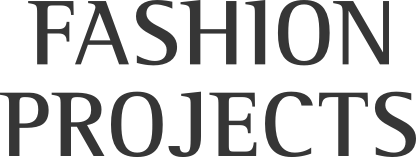Miyako Ishiuchi, mother's #49, 2002, Gelatin Silver Print
Today I visited the Third ICP Triennial, "Dress Codes," which is dedicated to the interaction between fashion and art. Culminating the ICP's year of fashion, the outstanding exhibition opens tomorrow and will be on view through January 17.
Some of my favorite artists were included in the exhibition, including Tanya Marcuse and Miyako Ishiuchi, whose moving photographs of her deceased mother's clothes and accroutments were originally included in the Venice Biennale's Japanese pavilion in 2005. Also included is the work of the Brooklyn-based video artist Kalup Linzy (whose humorous work was first shown at Taxter and Spengemann), and the Turkish New York–based artist Pinar Yolacan, as well as a number of artists, whose work I was not familiar with, such as the German-based artist Thorsten Brinkmann, whose extravagant self-fashioning is reminiscent of Leigh Bowery's alterations of the body.
Fashion Projects' contributor Tamsen Schwartzman was also in attendance. She has a long-lasting interest in photography and its relation to fashion, and has written an extensive review for the Museum at FIT, which she has kindly agreed to let us republish:
"Dress Codes opens tomorrow.The third ICP triennial of photography and video and the last exhibition installment in their Year of Fashion explores fashion as a celebration of individuality, personal identity, and self-expression, and as cultural, religious, social, and political statements. Previous exhibitions, if you missed them, included Avedon Fashion 1944–2000, Edward Steichen: In High Fashion, The Condé Nast Years 1923–1937, and This Is Not a Fashion Photograph: Selections from the ICP Collection.
Most survey exhibitions of art or photography are a mixed bag. And Dress Codes is no different. However, there is enough really engaging, thoughtful work to make this a necessary visit for the fashion and photography enthusiast.




















